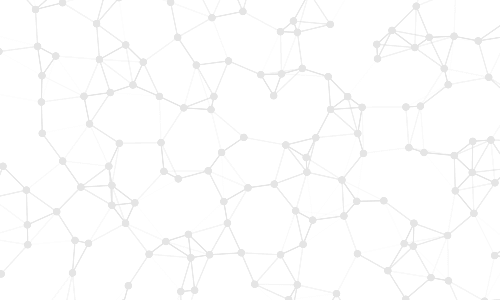Partner Interview
Published August 18, 2025
Equifax: The Work Number Pricing Strategy
inpractise.com/articles/equifax-the-work-number-pricing-strategy
Executive Bio
Former Sales Director at Equifax
Interview Transcript
Disclaimer: This interview is for informational purposes only and should not be relied upon as a basis for investment decisions. In Practise is an independent publisher and all opinions expressed by guests are solely their own opinions and do not reflect the opinion of In Practise.
This is a snippet of the transcript.to get full access.
Yes, you could discuss the entire market. How much is manual, and how much is each company? That would provide a more complete picture. What's the size of manual?
Let me start by saying, from a vendor-to-vendor competition standpoint, Equifax holds over 85% of the market share. From a revenue perspective, it's over 90%. Other credit bureau-type solutions probably account for 3% to 5%, with consumer permission solutions like Argyle or Plaid making up another 5% to 6%. Solutions focused on OCR, document upload, collection, and management account for another 4% to 5%. If manual verifications are included, Equifax's share drops to about 70% to 75%, with the manual piece covering the remainder.
This is a snippet of the transcript.to get full access.
If you think about it from a five-year perspective, how large can consumer permission solutions become, assuming Equifax has an 85% market share and these guys have 5%-6%? Where do you think they will be in five years?
In five years, it's not unreasonable to say they could triple their market share. It's a real threat. Five years ago, the biggest challenge was consumer behavior and comfort with connecting accounts like this. In those five years, both consumer behavior and the technology to build these connections have come a long way. So, it's not unrealistic for them to have 15% to probably 20% market share on the high end. One big caveat is that it's highly dependent on what Equifax chooses to do from a pricing perspective going forward.
This is a snippet of the transcript.to get full access.
My understanding is that for the federal government, it's like $4 or $5 per verification, but for state, it's $10 to $20, compared to, I don't know, $45 or even more for mortgages if I'm not mistaken. I'm just trying to understand if that's what you mean regarding the price increase side?
Yes, they employ a couple of different strategies for price increases. One is straightforward price increases. The other involves manipulating the product to essentially increase the price. Previously, a verifier would search for an individual by Social Security number, get a summary of employment on file, and select what they needed to verify the proper income. Revenue was left on the table because someone might select only what they needed or use it to confirm what they already believed.
Free Sample of 50+ Interviews
Sign up to test our content quality with a free sample of 50+ interviews.
Or contact sales for full access
Related Content

Equifax: The Work Number & TrueWork Waterfall Strategies
Former Product Manager at TrueWork

Equifax: The Work Number Data Coverage
Former Strategic Accounts Executive at The Work Number - Equifax

Equifax: The Work Number Pricing Pressure & Consumer-Permissioned Data
Former Enterprise Sales Director at Equifax Verification Services

FICO: Direct Sale Model & Credit Bureau Impact
Director at Mortgage Lenders Trade Body
© 2024 In Practise. All rights reserved. This material is for informational purposes only and should not be considered as investment advice.
